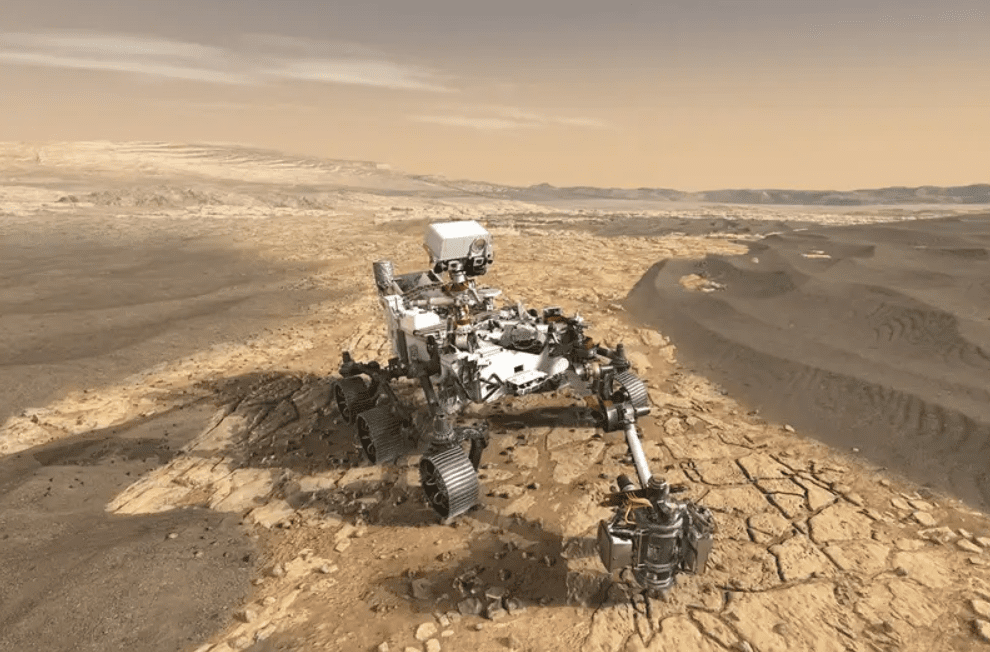NASA’s Moxie (Mars Oxygen In-Situ Resource Utilization Experiment) has created almost 100 minutes of breathing oxygen, increasing prospects for future crewed expeditions.
MOXIE succeeded in developing oxygen even if extreme temperatures and dust storms threatened the mission. It actually continued producing oxygen no matter what, giving astronauts hope for future Martian missions.
Read out below all the intriguing details about MOXIE’s success.
How Much Would You Be Able to Breathe on Mars?
MOXIE landed on our Martian neighbor atop the Perseverance rover. In 2021, NASA’s effort to create oxygen on Mars produced around 100 minutes of breathable oxygen. It is now being expanded to facilitate future human exploration.
MOXIE could dependably create around 15 minutes of oxygen every hour under difficult planetary circumstances throughout seven-hour production runs that year. Quite incredible!
The mission was indeed challenging but necessary. That amounted as well to 50 grams of oxygen for a single astronaut or around 100 minutes of breathing.
How Does MOXIE Work?
According to NASA, MOXIE needs compressors and pumps to pull carbon dioxide from Mars’ atmosphere and heaters that can heat the air to 1470 degrees Fahrenheit (800 degrees Celsius). Next, oxygen gas is released, and the oxygen atoms and the carbon dioxide are separated and measured carefully by the device.
But MOXIE’s first year of success has been a significant step toward demonstrating the technology’s potential, and NASA intends to develop a better version of the device!
That’s a lot of hours to put on the hardware, irrespective of what the technology is, explained Gerald Sanders from the NASA Johnson Space Center in Houston, Texas.
Of course, it’ll be challenging to scale up that technology. One of the steps is to insulate a larger MOXIE version to control its interior temperature. Another is to ensure the device warms up evenly to prevent it from breaking.
So, NASA is now testing the required equipment at a scale appropriate for a human trip. The larger model’s size, probably around a cubic meter, shouldn’t be an issue for launches.












Leave a Reply